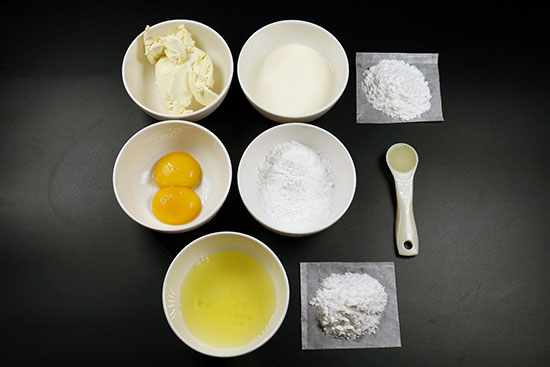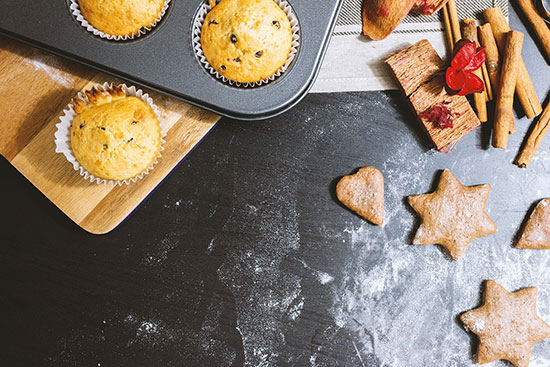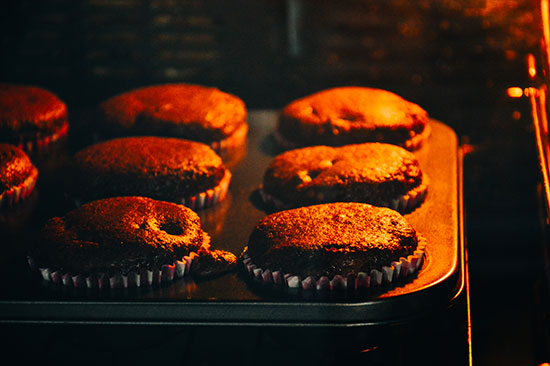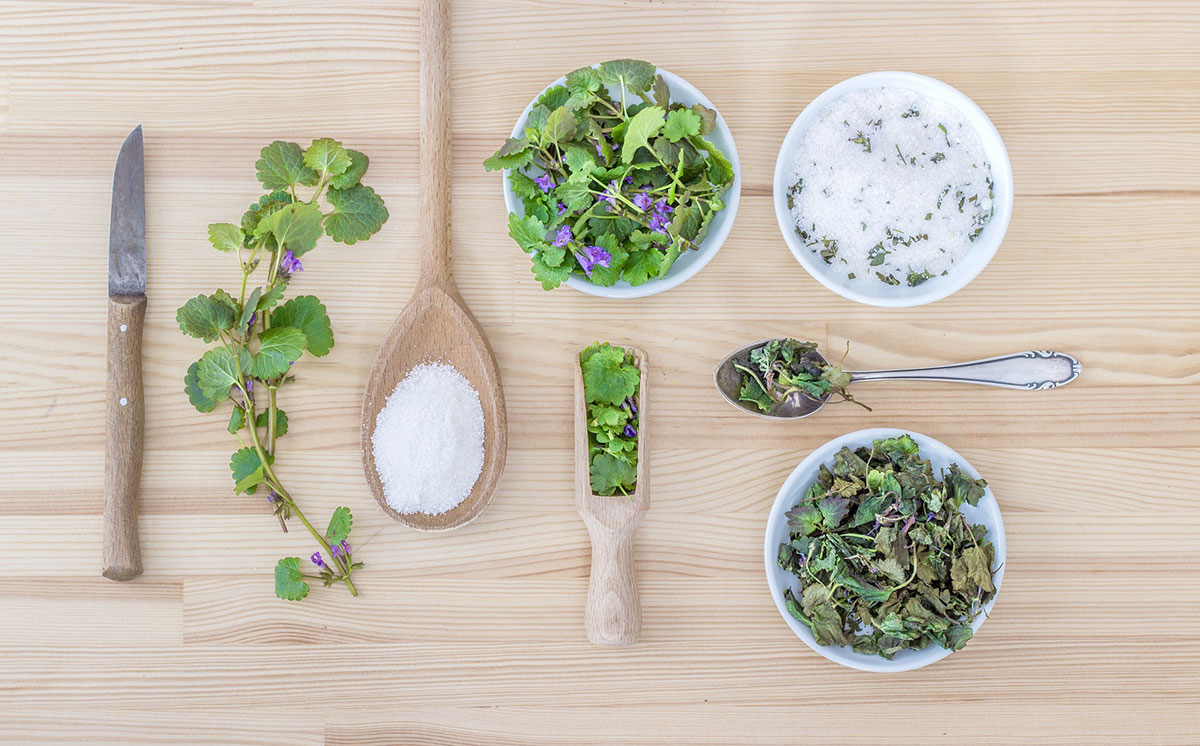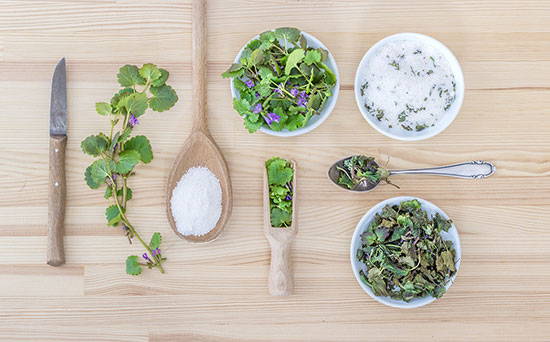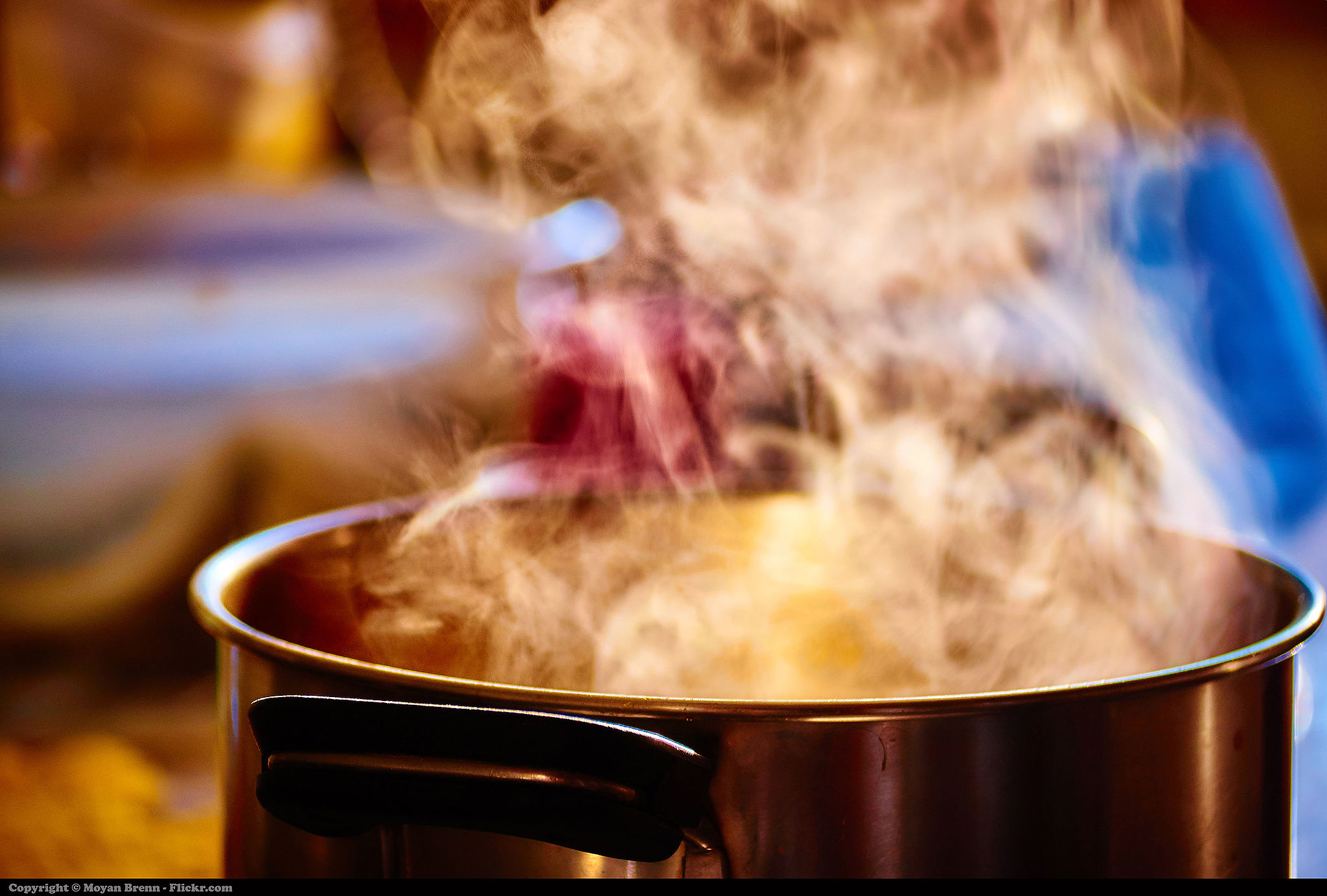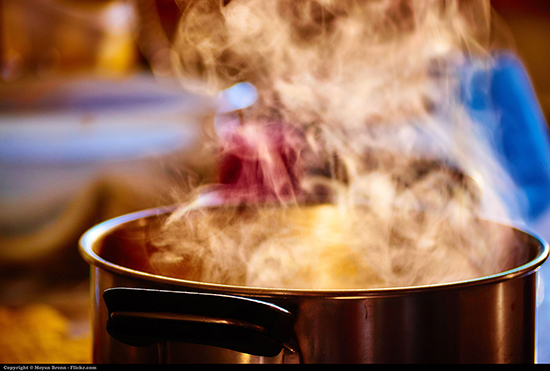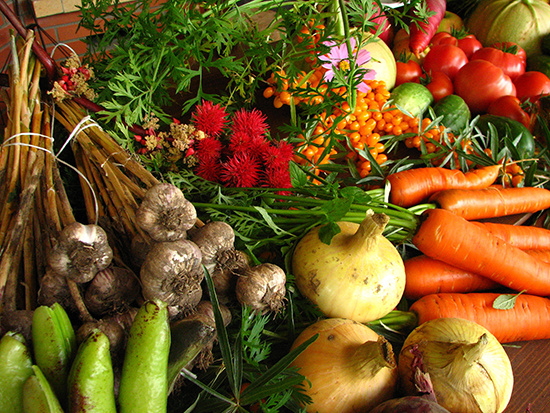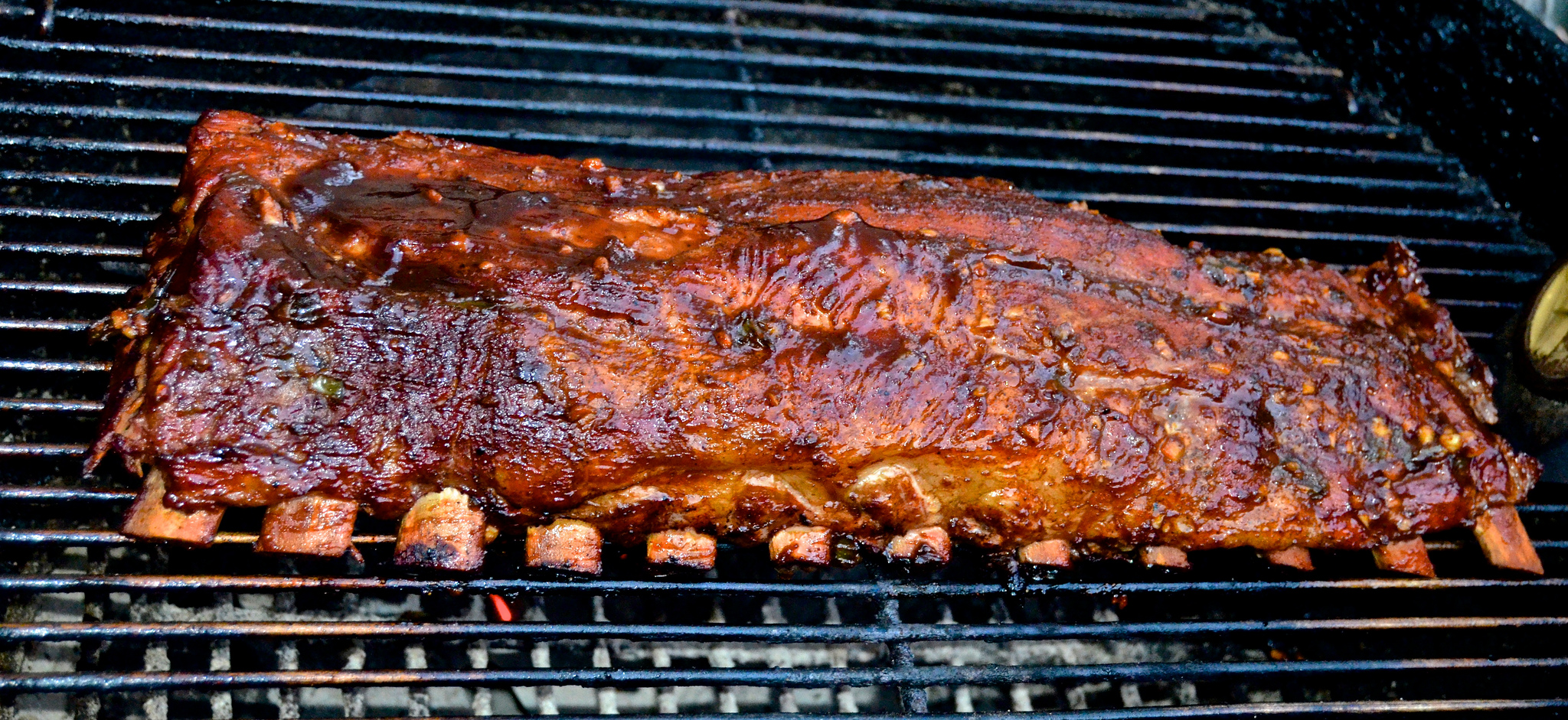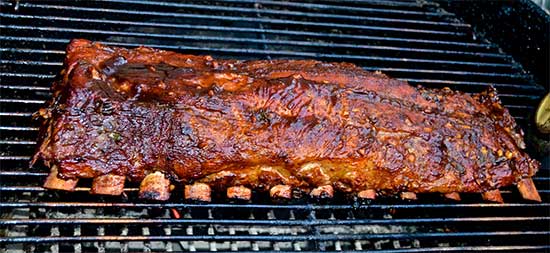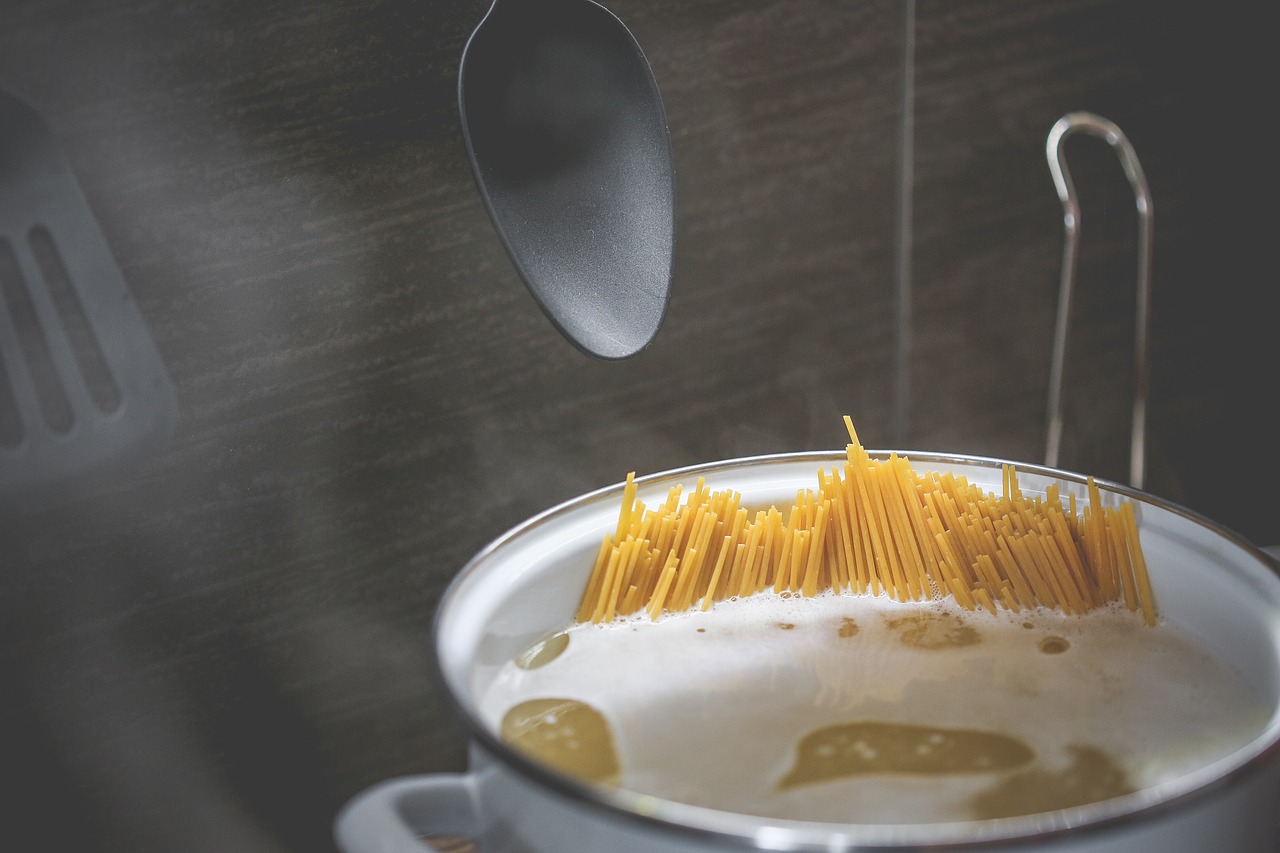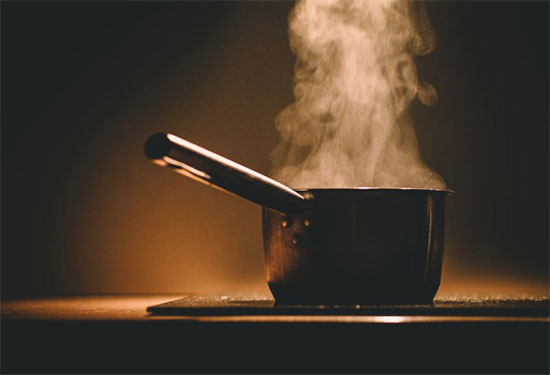Do you have a hankering for some spicy Jamaican Jerk Chicken? Before you begin, make sure that you are preparing the meat safely!
Chicken, the base of so many wonderful meals. Loved by old, young, rich, and poor, alike. It goes in our sandwiches, makes fantastic stock, and is the cornerstone of one of the biggest fast food chains in the world. It is an economical source of protein, as well.
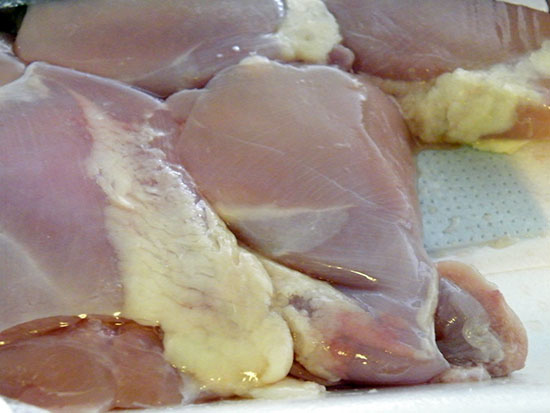
But as with every meat, there is a risk of food poisoning. While you may have read about raw chicken being a delicacy in Eastern countries, the fact of the matter is that it’s not safe to eat raw chicken in any form! So here’s a little reminder of how to keep your chicken on the right side of healthy and tasty, with a tasty Jamaican jerk chicken recipe.
Safe Chicken Practices
Don’t wash your chicken! Some people have been taught to wash raw chicken but this actually helps to promote cross contamination because washing poultry can spread the juices around and therefore spread bacteria further than the immediate area. Instead, simply pat dry with a paper towel and dispose of the paper towel directly.
Avoid cross contamination. The first thing to do to avoid this is to make sure there is nothing dripping from the package and make sure you use different surfaces for different foods. Make sure your chicken stays in one area and doesn’t touch anything else before being cooked. You only have to see a number of food poisoning claims that are made in any one year due to poor hygiene in professional restaurants. There’s a lot of them! I have separate cutting boards that I use for different types of food to help with this.
Thaw properly. If a chicken has been frozen raw, three of the methods of letting it defrost naturally include: placing it in the refrigerator overnight, in the microwave, or in cold water. Never leave chicken on a counter. And make sure that you keep the temperature of the outside of the chicken less than 41°F.
Cook it properly. You need to cook the meat to a temperature of 165°F. This needs to be on the inside of the meat, so you need to use a digital thermometer that is tip sensitive as well as check the meat temperature in various spots.
Jamaican Jerk Chicken
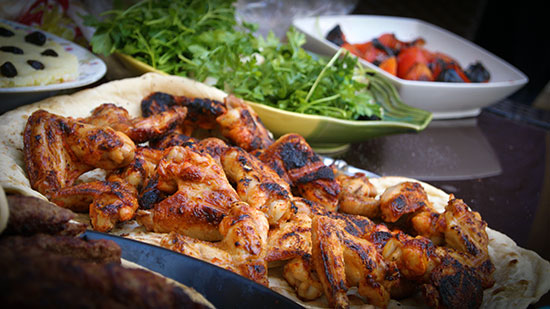
Now that you know how to prepare chicken properly, let’s make some tasty jerk chicken!
Ingredients
- 2 tablespoons thyme
- 1 tablespoon rosemary
- 1 tablespoon allspice
- 1 tablespoon ginger
- 1 1⁄2 tablespoons sea salt
- 1 1⁄2 teaspoons onion powder
- 1 1⁄2 teaspoons black pepper
- 1 1⁄2 teaspoons cinnamon
- 3⁄4 teaspoon nutmeg
- 3⁄4 teaspoon garlic powder
- 3⁄4 teaspoon paprika
- 2 teaspoons scotch bonnet peppers*
- 12 bay leaves
- 1⁄3 cup sugar
- The juice of 1 lime
- 1⁄4 cup olive oil
- 3 lbs of chicken
Directions
- Ground all the ingredients (except the lime juice and oil) into a fine paste.
- Whisk together the lime juice and oil.
- Rub the chicken with lime and oil mix (but don’t marinate).
- Coat chicken with the ground ingredients.
- Refrigerate for 1-3 hours, then remove and allow it to come to almost room temperature.v
- Grill chicken. Once seared, move it to the indirect heat part of the grill, cook it to 165°F (internal temperature).
And voila! Enjoy with some rice and peas and you’ve got an amazing Jamaican meal!

* Scotch bonnet peppers are also known as Bonney peppers or Caribbean red peppers. It is a variety of chili pepper named for its resemblance to a tam o’ shanter hat.
These peppers are used to flavor a variety of dishes from cuisines around the world. They are often used in hot sauces and condiments. The Scotch bonnet pepper has a sweeter flavor and stouter shape, which makes it distinct from its habanero relative (with which it is often confused). This pepper gives jerk dishes, both pork, and chicken, as well as other Caribbean dishes, their unique flavor.


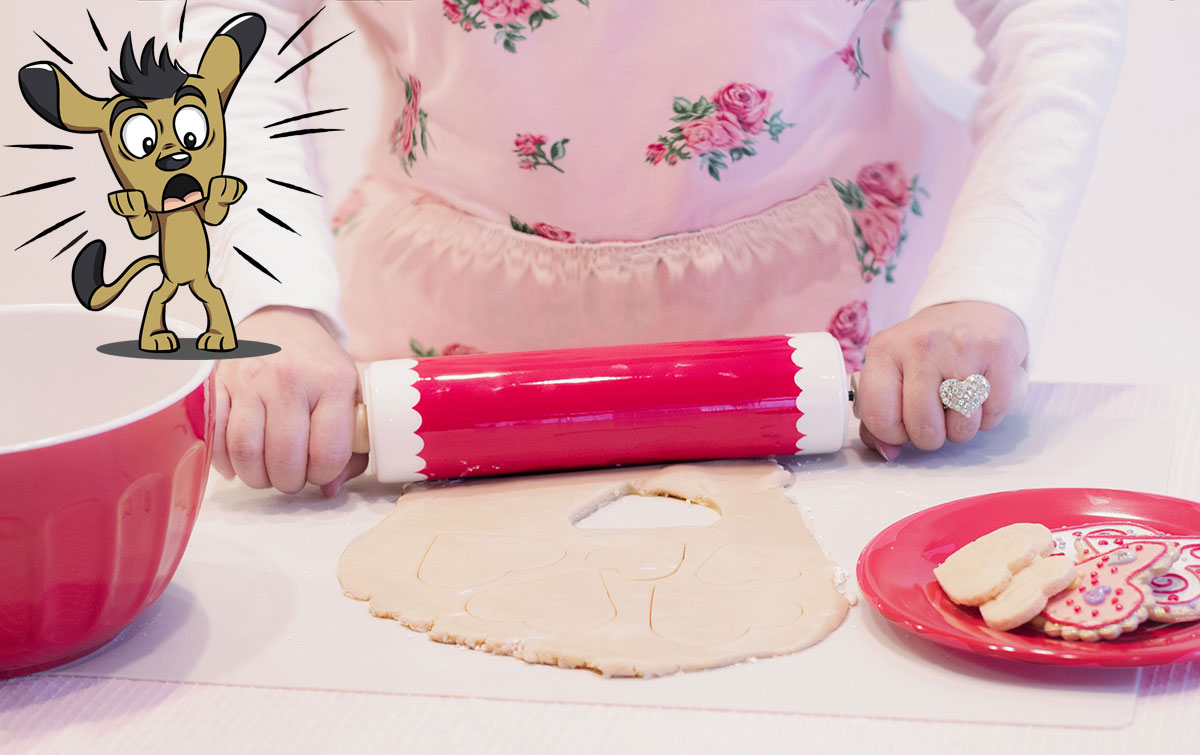
 I LOVE baking! I love eating baked goods. I’ve been trying my hand at baking since I was about three years old. So, imagine my surprise when I learned that there are people who are afraid of baking!
I LOVE baking! I love eating baked goods. I’ve been trying my hand at baking since I was about three years old. So, imagine my surprise when I learned that there are people who are afraid of baking!